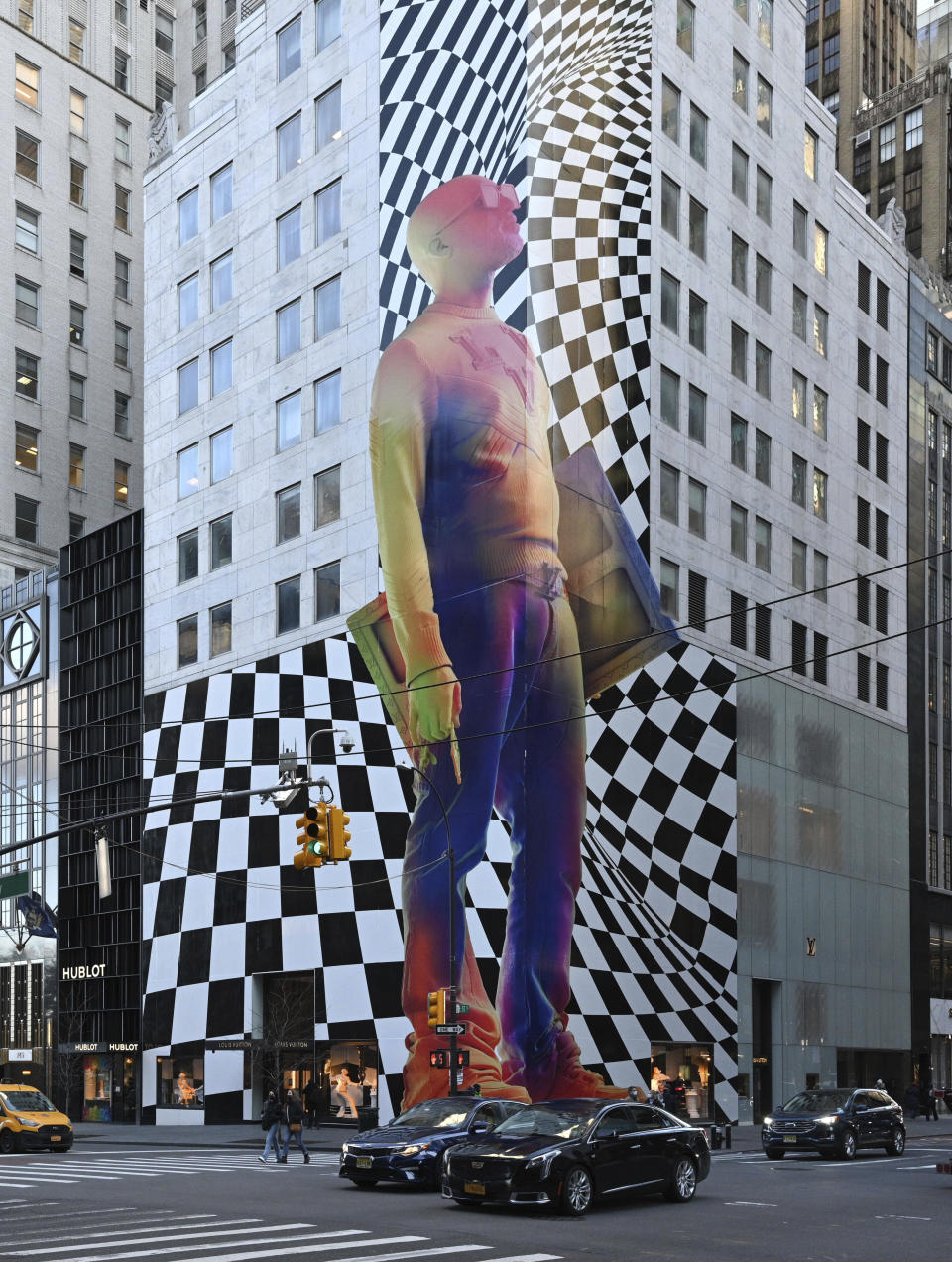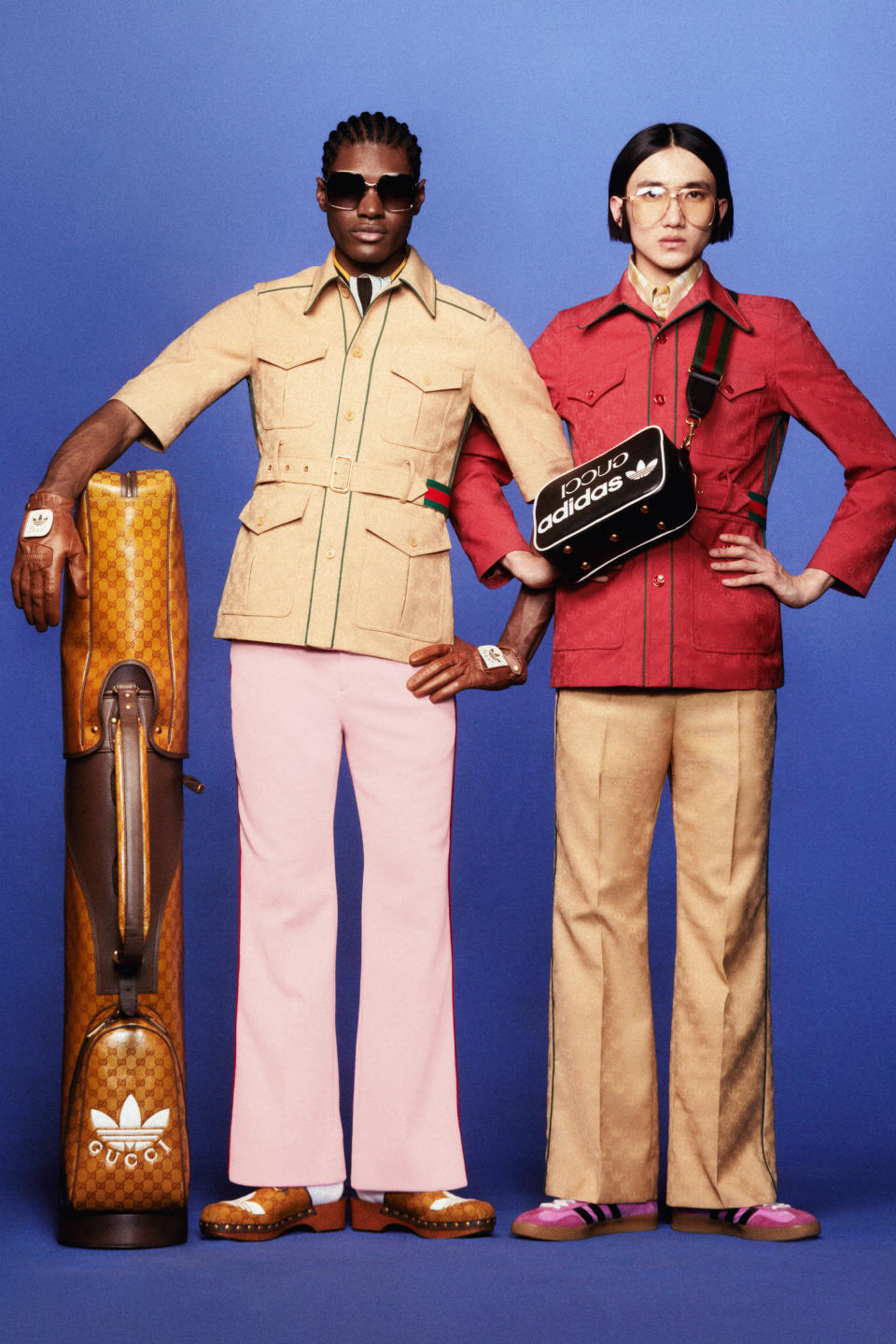Why Steep Inflation and a Volatile Stock Market Aren’t Slowing Down the Luxury Footwear Market

- Oops!Something went wrong.Please try again later.
Relentless inflation and a sharp decline in stocks aren’t slowing down demand for luxury footwear — at least not yet.
Now more than ever, American consumers are shedding their casual footwear and apparel and opting for dressier models, as more people return to the office and to special occasions. In fact, retail sales tracker The NPD Group reported in June that athletic footwear sales for January through March declined 8.2% compared with the same period in 2021
More from Footwear News
This market shift can also be seen in earnings reports from some of luxury’s top companies. During its fiscal fourth-quarter conference call in June, Capri Holdings Ltd., which owns Michael Kors, Jimmy Choo and Versace, reported a sales increase for dress footwear across all three of its brands. CEO John Idol said on the call that Versace saw growth of over 100% in its luxury fashion footwear category, as consumers responded positively to dress styles featuring the brand’s Greca and Medusa motifs.
Similarly, at Jimmy Choo, Idol noted that “glamour styles performed well, reflecting the continued success in dress footwear sales, driven by a return to office and social activities. We were also pleased that bridal sales were more than double from the prior year, as this is often the first touch point to the brand.”

zz/NDZ/STAR MAX/IPx
Overall, retail sales remain well above last year’s levels. The U.S. Census Bureau reported in June that retail and food service sales in May 2022 totaled $672.9 billion, marking a 8.1% leap from May 2021. This spike in sales comes as inflation in the U.S. is at an all-time high. According to the Bureau of Labor Statistics, consumer prices were up 8.6% in May compared with a year ago, representing the largest 12-month increase since the period ending December 1981. At the same time, the stock market had its worst first half since 1970, with the S&P down 21% from its record high in January.
Footwear prices grew 4.5% in May compared to last year, according to the Footwear Distributors and Retailers of America (FDRA). This increase, while the slowest in six months, still represents a faster growth rate than usual. FDRA predicts that shoe prices in 2022 could likely rise at the fastest rate in decades. Men’s footwear was up 2.8%, women’s was up 5.6% and kids’ was up 5%. Footwear prices are up 6.1% year-to-date compared with the first four months of 2021.
But Robert Burke, chairman and CEO of New York-based fashion and retail consulting firm Robert Burke Associates, told FN that demand for luxury goods has not seen any slowdown due to inflation. “There’s a general attitude among luxury consumers, and even some aspirational ones, that they want to enjoy life, whether that be through buying luxury goods, traveling to luxury destinations or just living their life — because there was a repressed ability to do that during COVID,” Burke said. “So there’s a little bit of the roaring ’20s that’s coming back.”
Liza Amlani, principal and co-founder of consulting firm Retail Strategy Group, predicted high-end spending will continue despite rising prices. “I would not expect any meaningful change in the demand for luxury footwear, apparel and accessories,” Amlani said. “In fact, luxury will most likely grow with more collaborations and expanded product assortments. … I doubt that the luxury consumer is too worried about gas prices, and in turn, won’t turn their nose up when they see the price tag of a Louboutin or an Adidas x Gucci collab.”

Courtesy of Gucci
She noted that most luxury brands have already raised prices to reflect supply chain and raw material cost increases. “Now they can focus their efforts on meeting the customer how and where they want to shop. Bland and boring basics are just not going to cut it anymore,” she said.
Dana Swindler, CEO of Minneapolis-based luxury specialty store MartinPatrick3, told FN his customers are not showing any price sensitivity. “As a local specialty retailer, we are feeling great about the state of the luxury market,” Swindler said. “In fact, a new Four Seasons hotel just opened two blocks away from our store. And our neighborhood, the North Loop, is seeing lots of activity with tourists returning from New York, Chicago and L.A.”
For Swindler, concern still lies with the supply chain. His store, which also offers an interior design service, is grappling with 12-to-14-month delivery delays on furniture and other materials. “As for apparel and footwear, we are experiencing slow deliveries, but not a halt like we saw during peak COVID times,” he added.
But not everyone is experiencing the same good fortune. Designer Neil Rodgers, whose product retails from $350 to $895, told FN that he notices a direct correlation with how the stock market is performing and sales for that day. “A good day on the market generally means a lively day of sales,” Rodgers said. “In terms of the economy, we anticipate things will likely get worse before they get better.”
Best of Footwear News
Sign up for FN's Newsletter. For the latest news, follow us on Facebook, Twitter, and Instagram.

